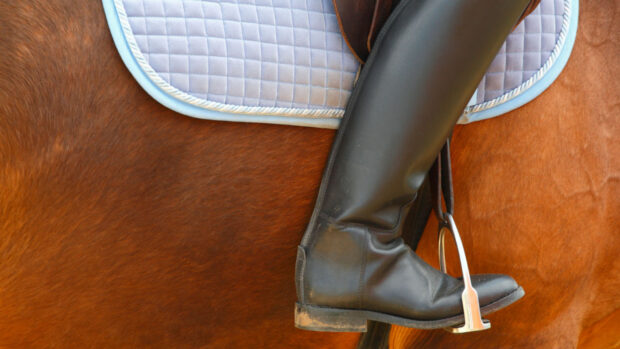H&H looks at some ways to help keep injuries at bay.
1. Ensure your horse is fit for the job
Bob Baskerville says: “I see a lot of injuries occur during low-grade sponsored rides where the horses are, generally, older and not fit enough.” So, although it may seem obvious, ensure your horse is up to the task you are asking of him and that his fitness training has been tailored to his discipline.
2. Use appropriate leg protection
It is better to go barelegged at an event than to use inappropriate boots and bandages. If the boots are too rigid or have too much elasticity, they can cause more harm than good. Good leg protection serves a purpose, but it is crucial that all protection fits correctly and doesn’t hinder your horse’s action.
3. Shoe competition horses according to the job they do
You will hinder a fit thoroughbred going at speed across country if you put weighty shoes designed for warmbloods on it. A lot of farriers now follow the principal of keeping the toe short and the heel higher. This is fine for horses needing remedial shoeing and for those not expected to perform at speed, but if a galloping horse has its heels too high, there is potential for the superficial flexor tendon to be overloaded.
Download the Ask the Vet app to read all the latest on horse health from wounds to insurance, headshaking to sweet itch and mud fever to laminitis
Read more horsecare features




